In the golden light of an African dawn, a baby elephant stumbles through the tall grass, its tiny trunk flailing helplessly. This calf has just witnessed the brutal poaching of its mother – a trauma that would spell certain death in the wild. But this orphan has stumbled toward salvation: the distant rumbling of a rescue vehicle from the Sheldrick Wildlife Trust, one of the world's most celebrated elephant orphanages. Here begins an extraordinary story of human compassion bridging species divides.
The plight of orphaned elephants represents one of conservation's most heart-wrenching challenges. Unlike most mammals that eventually outgrow maternal dependence, elephants remain psychologically and physically dependent on their mothers for up to ten years. A calf separated from its herd before this age faces impossible odds – unable to feed properly, defend against predators, or navigate the complex social structures essential to elephant survival. This biological reality has spurred the creation of specialized orphanages across Africa and Asia, where dedicated teams become surrogate families for nature's most vulnerable giants.
At the heart of these sanctuaries lies a profound understanding of elephant psychology. Keepers at facilities like the Elephant Transit Home in Sri Lanka or Zambia's Lilayi Elephant Nursery begin by replicating the constant physical contact calves would naturally receive from their herd. "An orphaned elephant is like a human child in intensive care," explains veteran keeper Edwin Lusichi from Kenya. "Their skin literally craves touch – we massage them with coconut oil, cover them with blankets, and sleep beside them through the night." This tactile therapy counters the acute stress that can fatally suppress an elephant's immune system.
Nutrition presents another monumental challenge. Elephant milk contains unique fats and proteins nearly impossible to replicate. After decades of trial and error, orphanages now use specialized formulas blending human infant milk powder, coconut oil, and whey protein – mixed at precise temperatures to prevent deadly digestive issues. Feeding occurs round-the-clock through oversized bottles, with keepers often singing softly to mimic the reassuring rumble of a mother elephant. The cost proves staggering – up to $1,500 monthly per calf – but the sight of a thriving orphan makes the expense worthwhile.
Perhaps most remarkable is how orphanages address elephants' profound emotional needs. Studies using MRI technology reveal elephant brains share structural similarities with humans in areas governing empathy and grief. At Zimbabwe's Wild Is Life sanctuary, orphans form bonds so intense with their human caregivers that separation anxiety manifests physically. "We introduce them to older orphans immediately," says founder Roxy Danckwerts. "The way a five-year-old elephant teaches a newcomer to browse leaves or roll in mud – it's education no human could provide." These multi-generational herds become crucibles where natural behaviors get preserved despite artificial circumstances.
The rehabilitation process culminates in a delicate rewilding phase that may last years. Orphans graduate to expansive conservancies where they interact with wild herds while maintaining supplemental feedings. GPS tracking shows most successfully integrate, though some – like Kenya's famous ex-orphan Loijuk – periodically return with their wild-born calves to visit human friends. This fluid boundary between wild and human worlds offers hope that conservation isn't about choosing between nature and civilization, but finding where they might harmonize.
Behind these success stories lies an army of unsung heroes. Veterinarians combat deadly milk allergies. Blacksmiths craft custom leg braces for orphans injured fleeing poachers. Local women hand-stitch giant blankets from donated fabrics. Corporate sponsors fund anti-poaching patrols to prevent future orphaning. Even schoolchildren contribute through "foster parent" programs adopting orphans for $50 annually. This collective effort proves that saving elephants requires not just expertise, but a fundamental shift in how humanity views its relationship with other intelligent beings.
Ethical debates persist about whether intervention disrupts natural selection. Critics argue resources might better protect existing herds. Yet when a once-orphaned matriarch like Zambia's Njanji leads her wild herd past the nursery, pausing to trumpet at her human family, the deeper truth emerges. These sanctuaries aren't just saving individual elephants – they're preserving the cultural knowledge that would otherwise die with each slaughtered adult. The way a rescued calf eventually teaches her wild-born offspring to avoid human conflict zones demonstrates how compassion today might prevent crises tomorrow.
Moonlight now silvers the Kenyan savanna as a keeper sings lullabies to his sleeping charge. Somewhere beyond the electric fence, wild elephants murmur in the darkness – a sound that no longer terrifies the orphan curled in its blanket. This fragile coexistence, built bottle by bottle and tear by tear, represents perhaps our species' finest achievement: not dominion over nature, but the humility to mend what we've broken. As climate change and habitat loss accelerate, elephant orphanages offer more than salvation for pachyderms – they provide a blueprint for how humanity might yet become worthy stewards of this wounded planet.
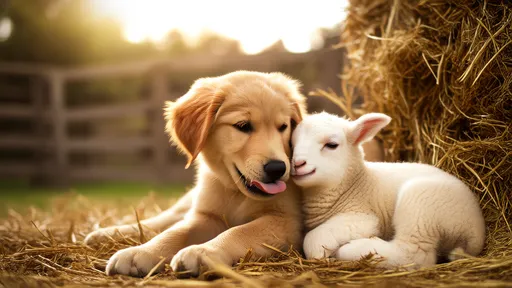
By /Aug 4, 2025
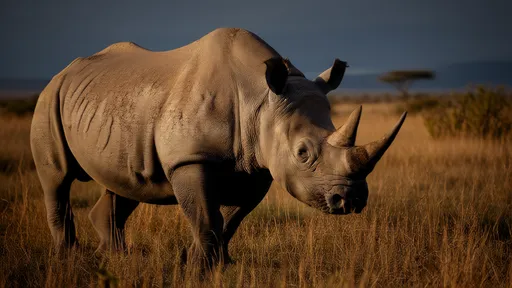
By /Aug 4, 2025
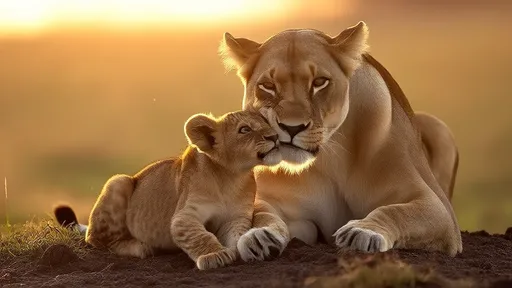
By /Aug 4, 2025

By /Aug 4, 2025

By /Aug 4, 2025

By /Aug 4, 2025

By /Aug 4, 2025
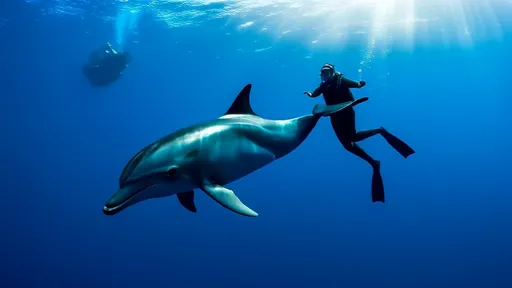
By /Aug 4, 2025
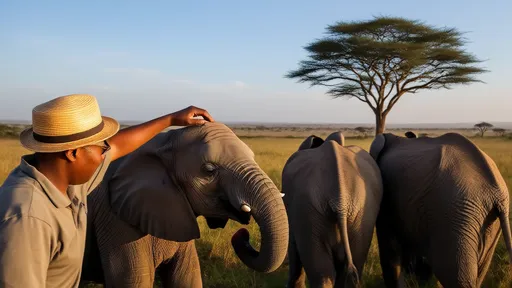
By /Aug 4, 2025

By /Aug 4, 2025
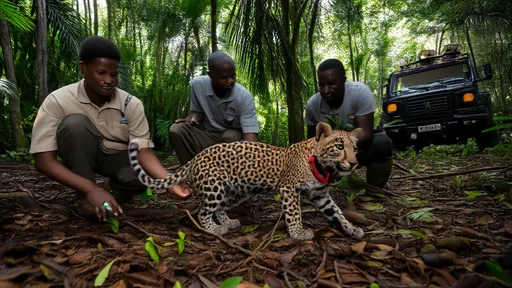
By /Aug 4, 2025
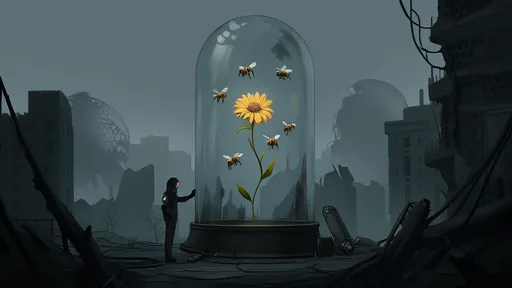
By /Aug 4, 2025
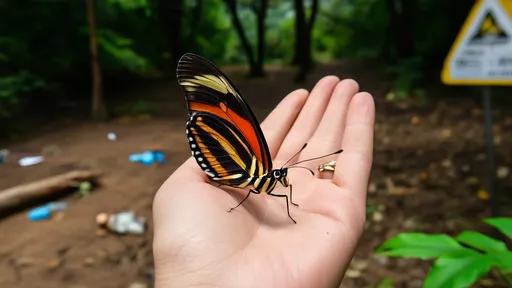
By /Aug 4, 2025

By /Aug 4, 2025
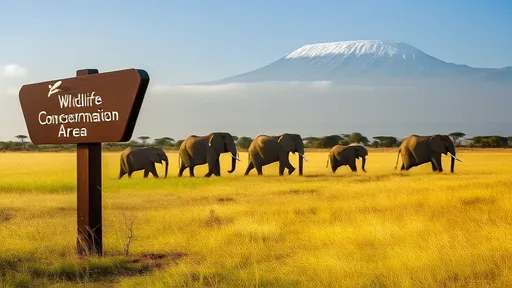
By /Aug 4, 2025
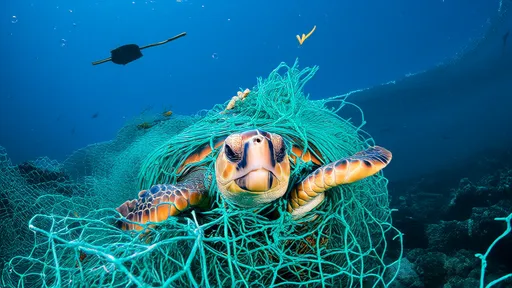
By /Aug 4, 2025

By /Aug 4, 2025
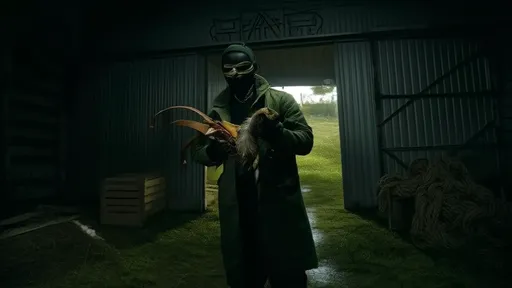
By /Aug 4, 2025
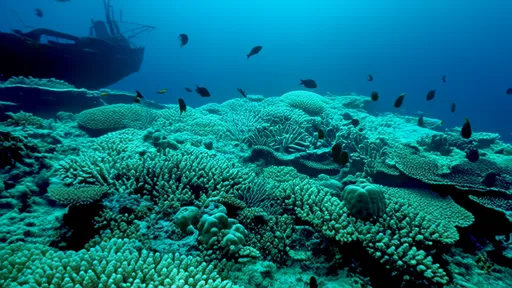
By /Aug 4, 2025
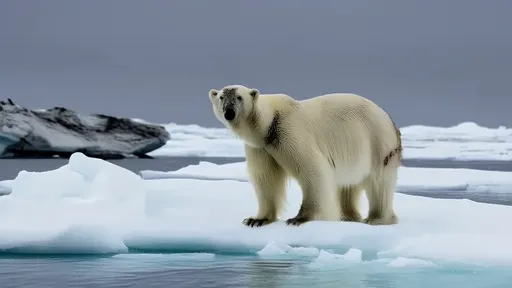
By /Aug 4, 2025